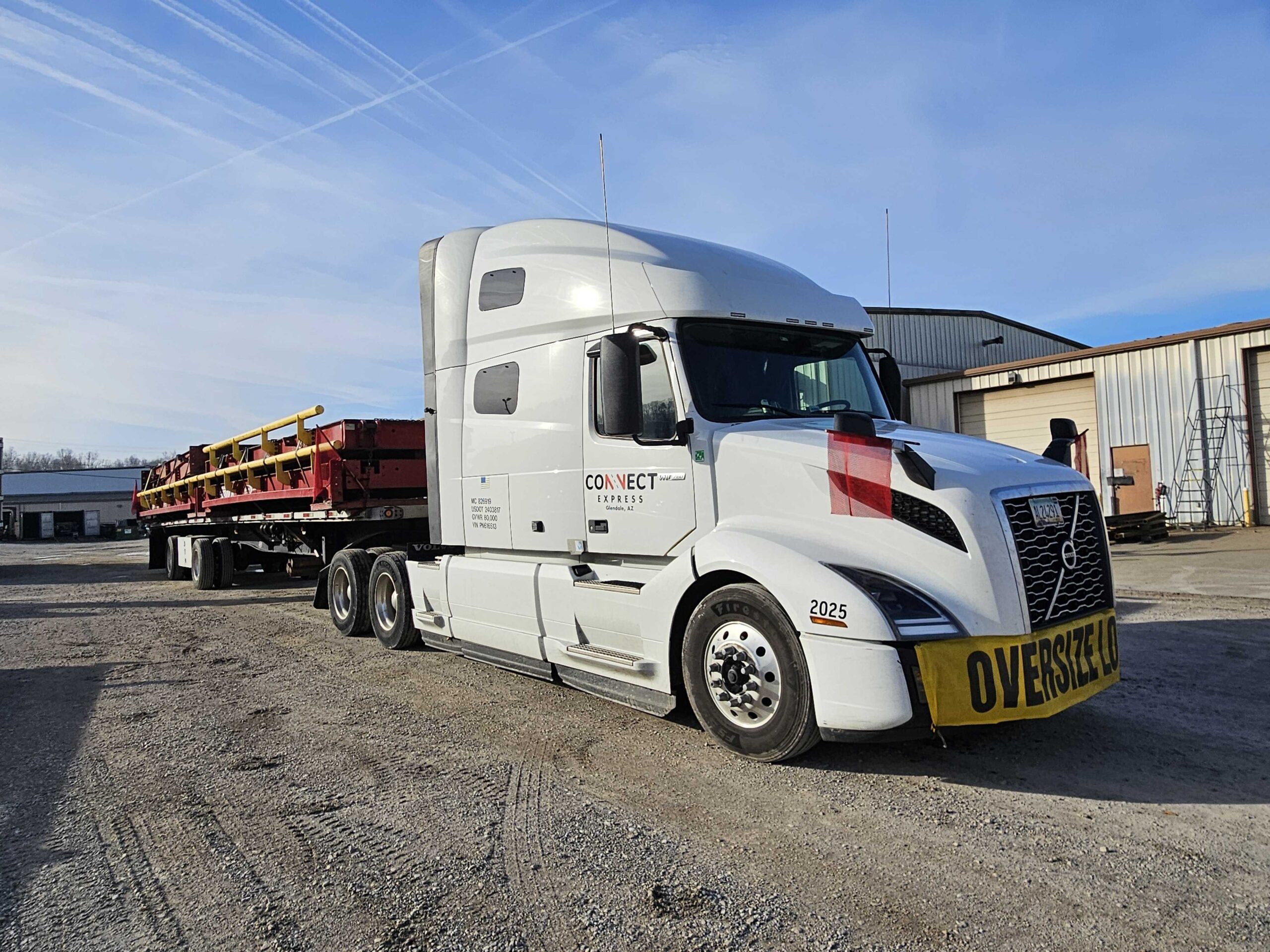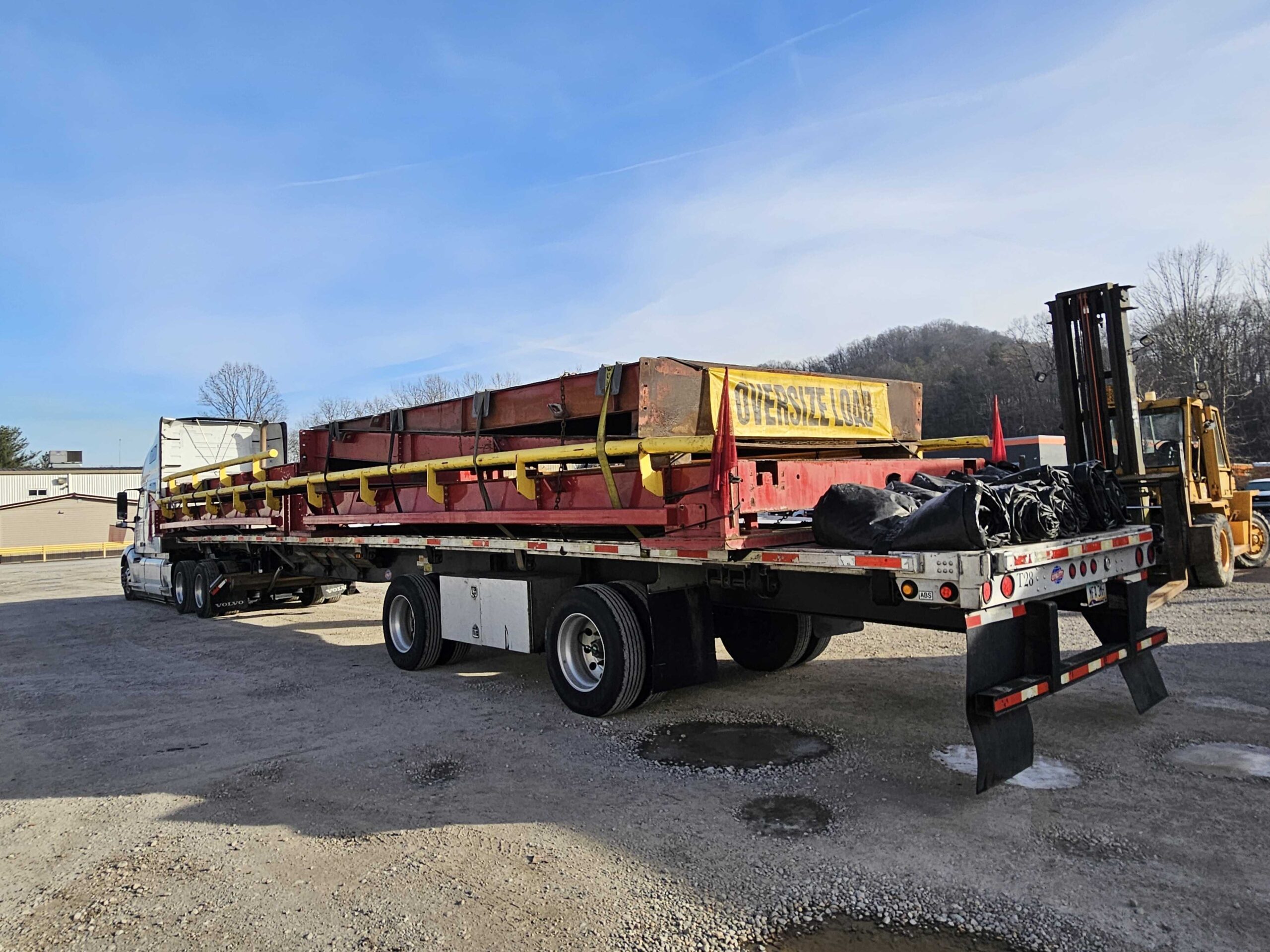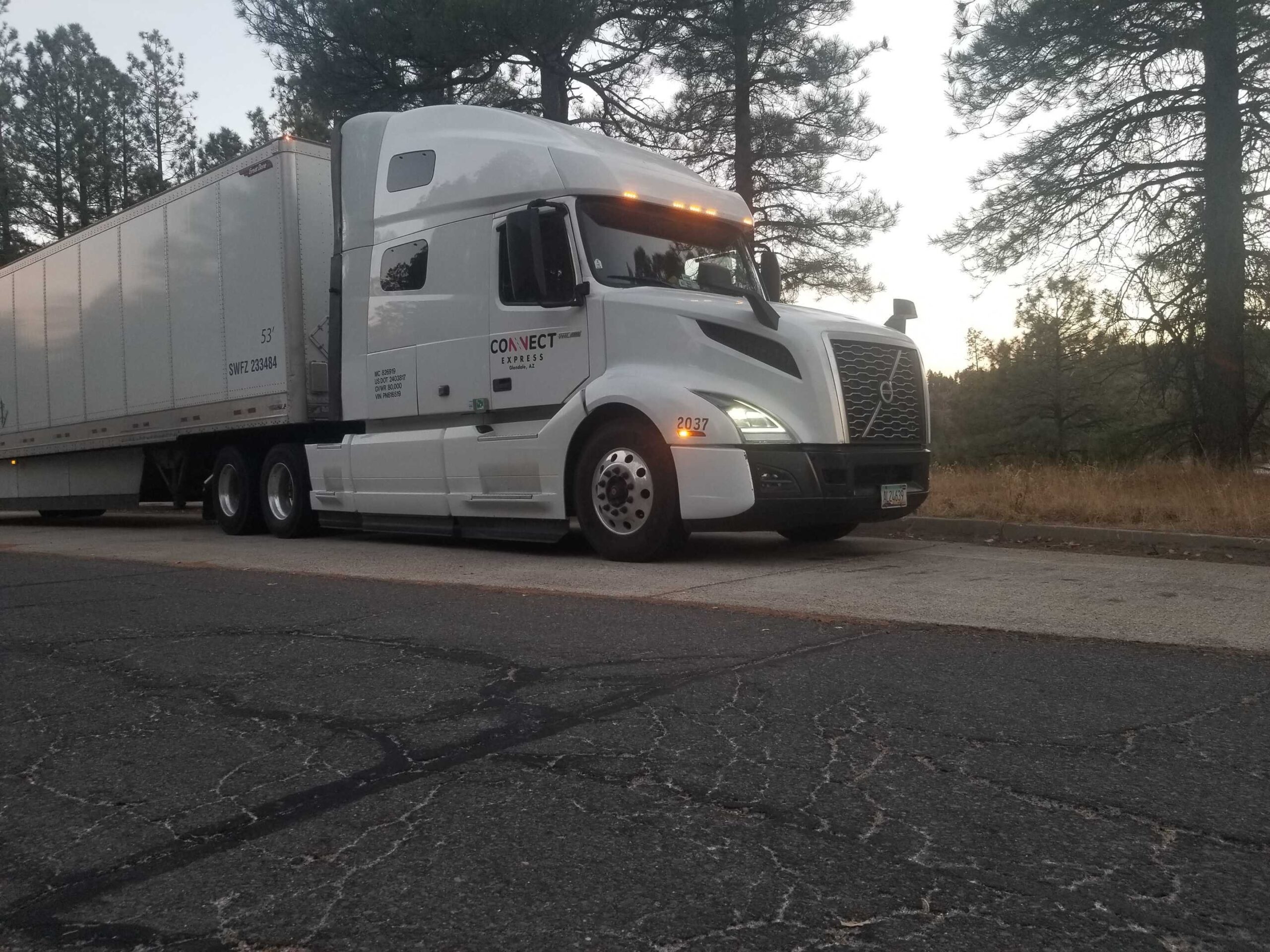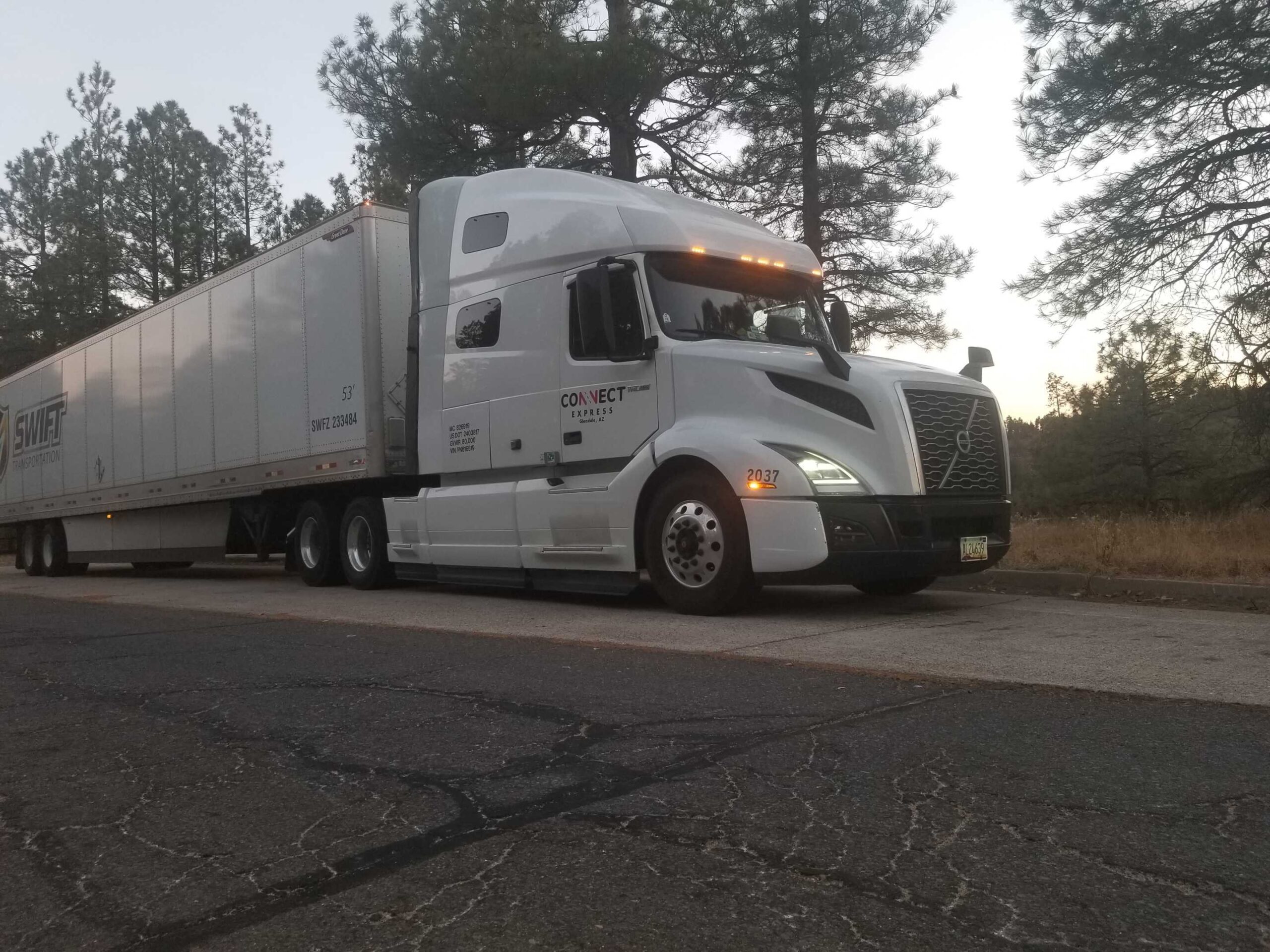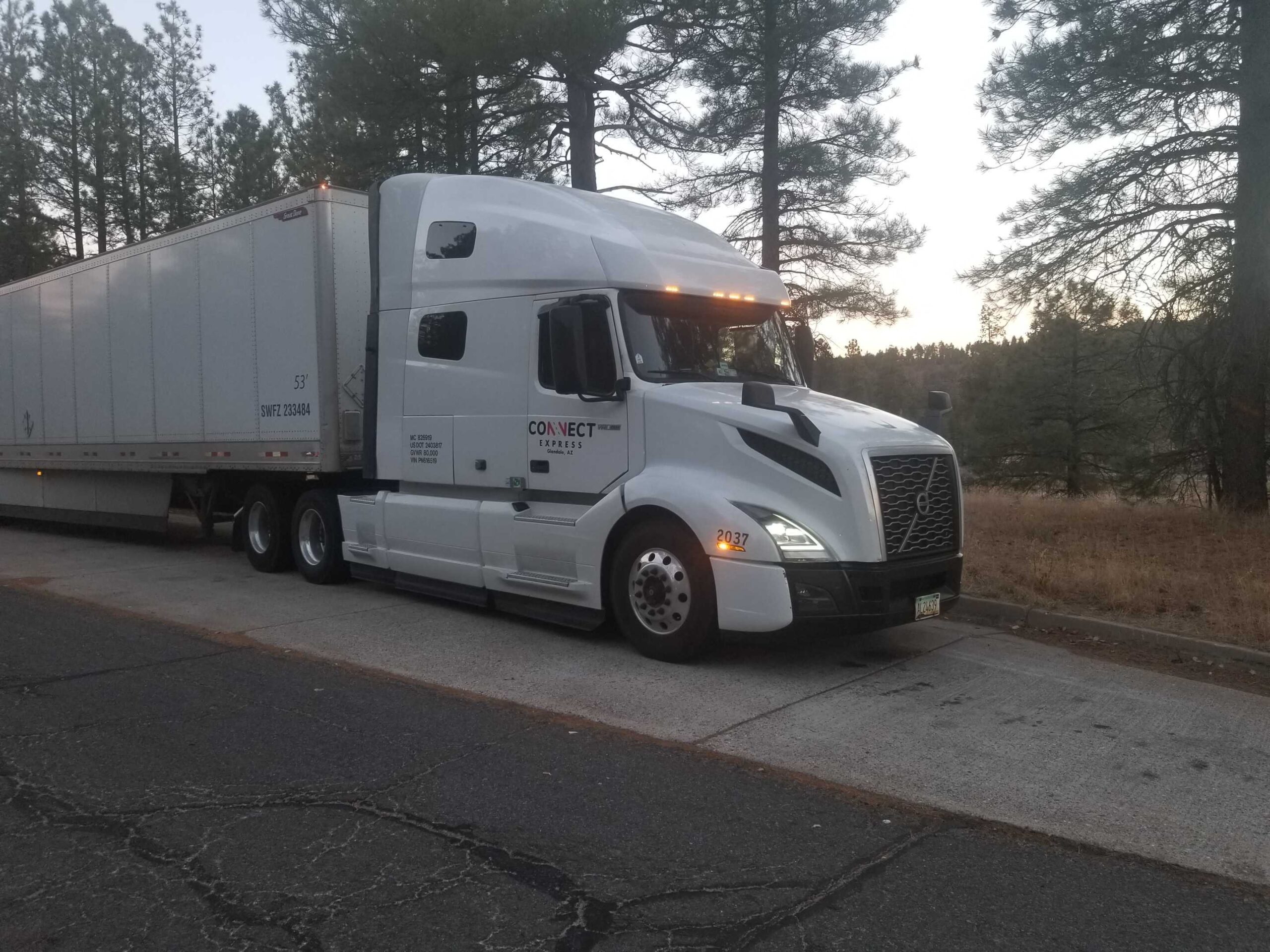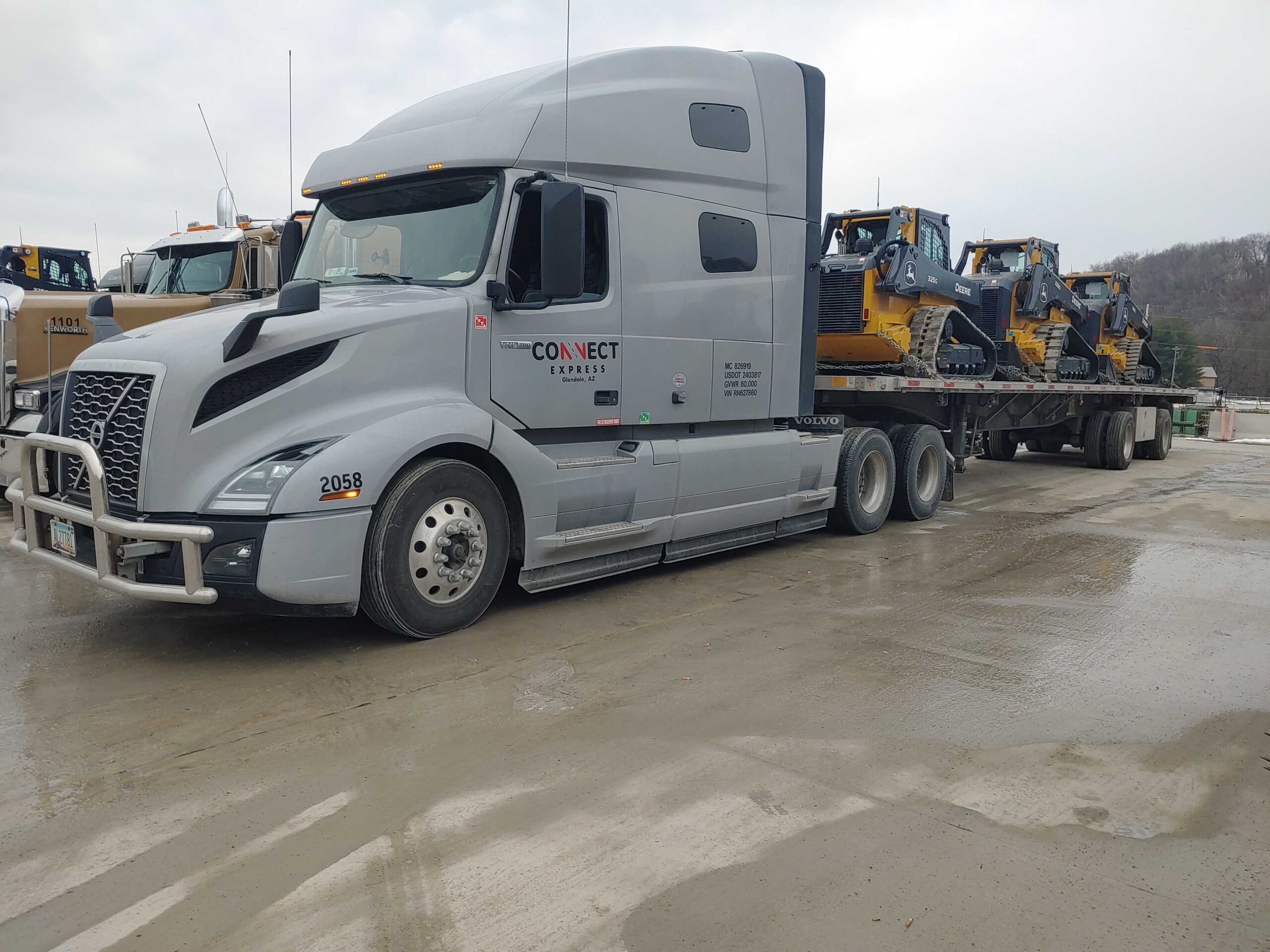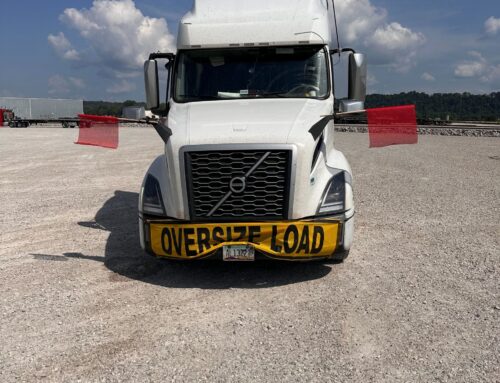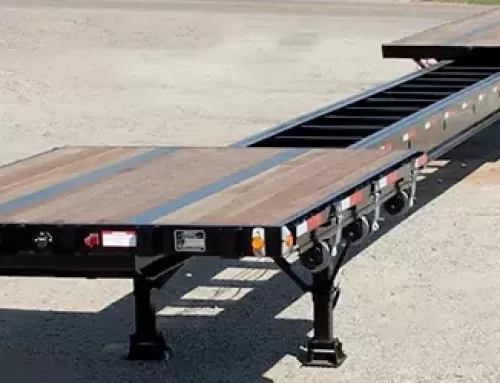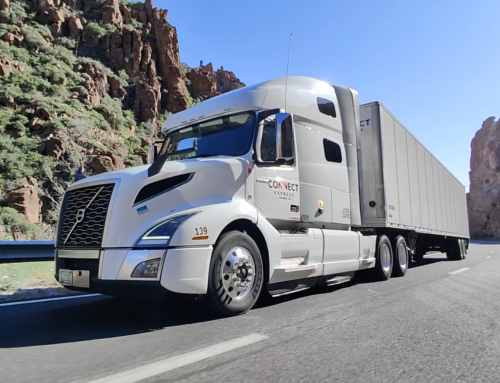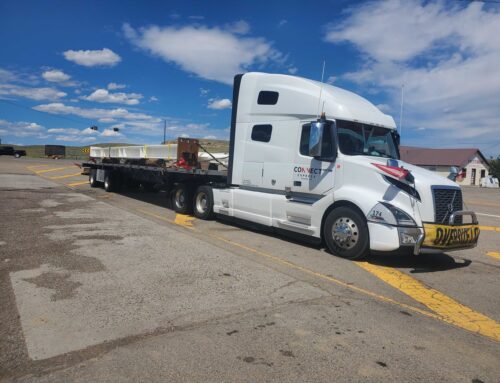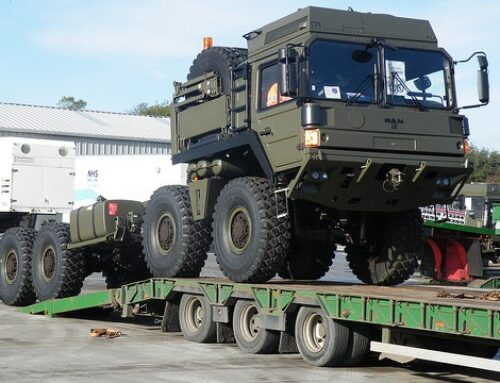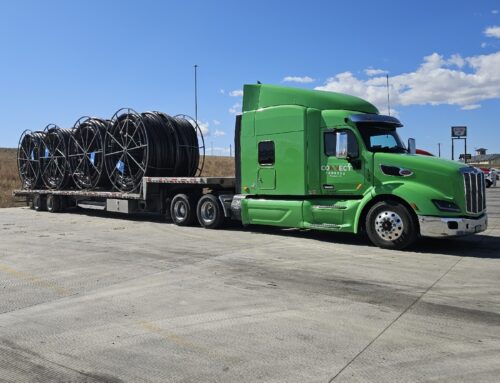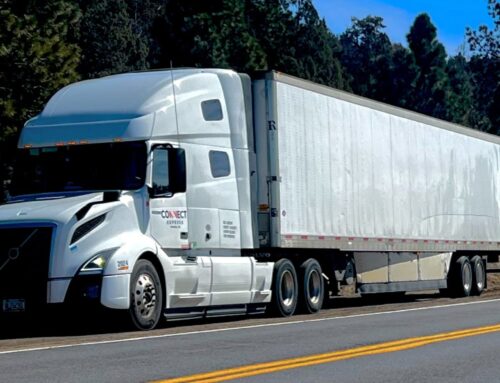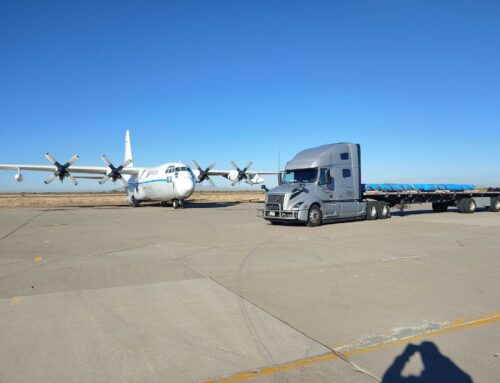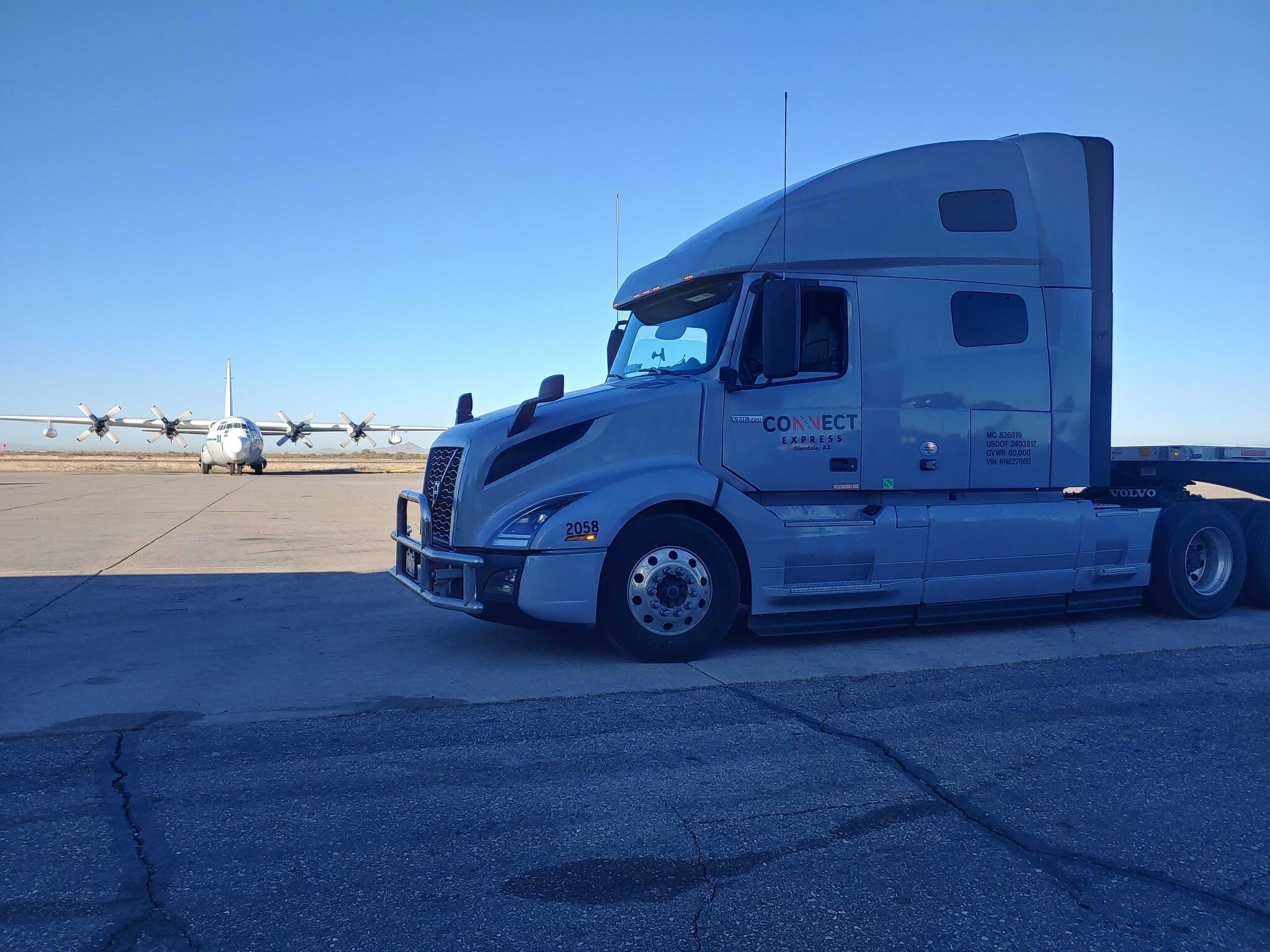
Introduction
The flatbed trucking industry is continually evolving, with safety and efficiency at its core. For drivers, obtaining various safety certifications and clearances is not merely about compliance; it’s a strategic approach to enhancing career prospects, income potential, and ensuring road safety. These credentials are essential, serving as a gateway to specialized and higher-paying hauling opportunities. They equip drivers with the necessary skills for handling sensitive or hazardous materials, thereby positioning them as top candidates for premium contracts.
This article aims to offer a detailed guide to the essential safety certifications and clearances for flatbed trucking companies and their drivers. From the TWIC Card and Hazmat Endorsement to TSA Certification, understanding these certifications allows flatbed truckers to strategically advance their careers. Each certification represents a step toward achieving excellence in the field, contributing to a safer, more secure, and efficient transportation industry.
The Importance of Safety Certifications and Clearances in Flatbed Trucking
In the realm of flatbed trucking, where the transportation of oversized and often hazardous materials is commonplace, the significance of safety certifications and clearances cannot be overstated. These credentials play a crucial role not only in ensuring compliance with federal and state regulations but also in fostering a culture of safety and professionalism that benefits the entire logistics ecosystem. Here, we explore how these certifications and clearances impact various aspects of flatbed trucking, from company reputation to driver safety and customer trust.
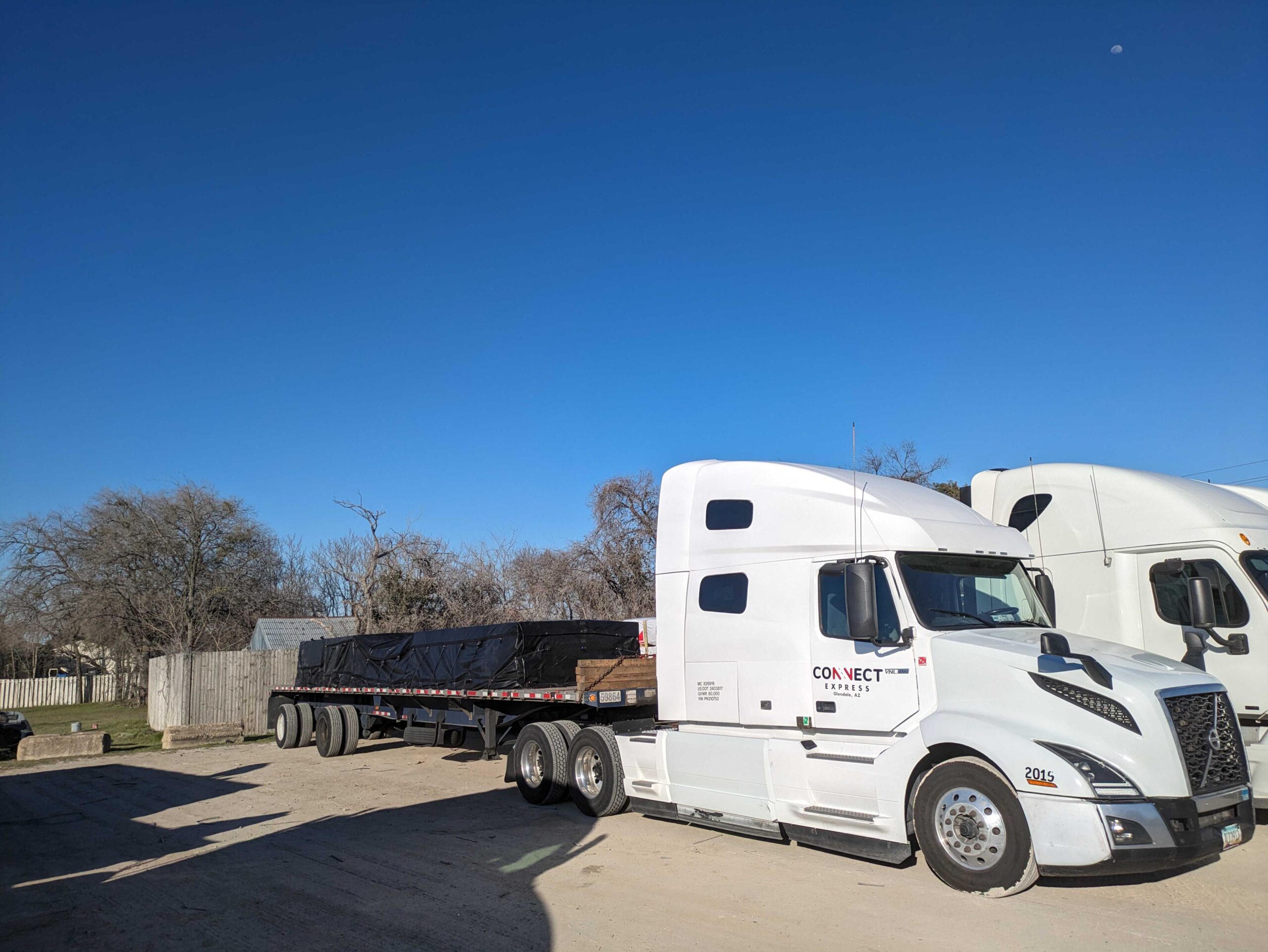
Enhancing Company Reputation and Reliability
For flatbed trucking companies, holding industry-recognized safety certifications is a mark of reliability and excellence. These certifications signal to clients and partners that the company adheres to the highest standards of safety and operational efficiency. In a competitive market, such distinctions can be the deciding factor for clients when choosing a logistics provider. Furthermore, certifications like ISO 9001 for quality management systems underscore a company’s commitment to continuous improvement, enhancing its reputation in the logistics industry.
Ensuring Driver Safety and Preparedness
Safety certifications are integral to protecting drivers on the road. Programs like the Hazardous Materials (HazMat) endorsement and the Transportation Worker Identification Credential (TWIC) card equip drivers with the necessary knowledge and skills to handle potentially dangerous cargo safely. Additionally, certifications focusing on cargo securement and hours of service compliance ensure that drivers are prepared to manage their loads and driving schedules in a way that minimizes the risk of accidents and injuries.
Building Customer Trust through Compliance
Clients entrust flatbed trucking companies with the transportation of valuable and sometimes hazardous materials. Safety certifications and clearances provide assurance that their cargo is in capable hands. Compliance with Department of Transportation (DOT) regulations and adherence to Occupational Safety and Health Administration (OSHA) training standards are just the beginning. Advanced certifications, such as those for cargo securement, demonstrate a company’s dedication to exceeding the minimum safety requirements, thereby building trust with clients.
Facilitating Access to Specialized Hauling Opportunities
Certain certifications open doors to specialized hauling opportunities that might otherwise be inaccessible. For instance, the TWIC card allows drivers unescorted access to secure maritime facilities, expanding the range of possible loads they can transport. Similarly, a HazMat endorsement is essential for drivers looking to transport hazardous materials, a niche that often comes with higher compensation due to the additional responsibilities and risks involved.
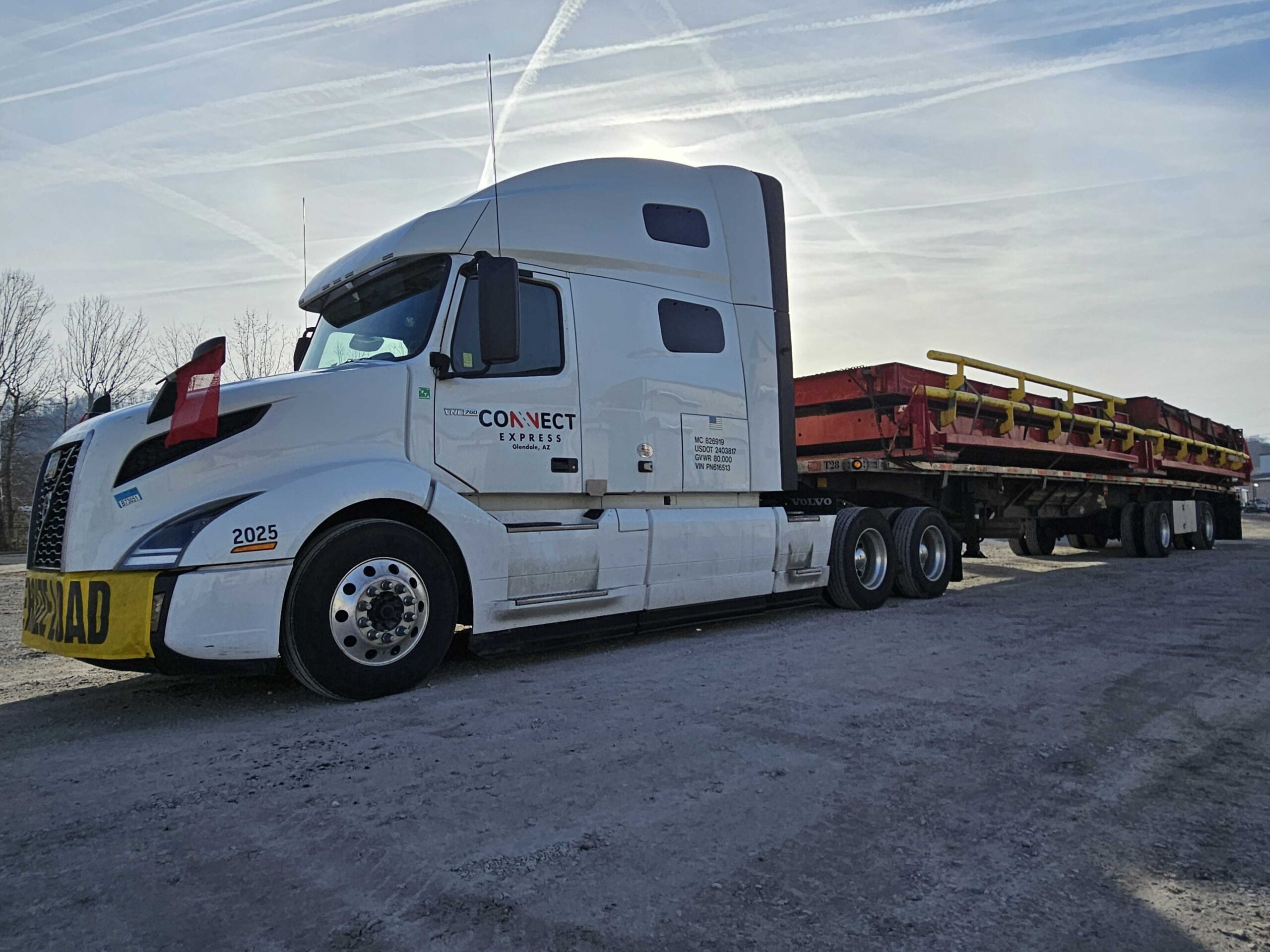
Comprehensive Guide to Safety Certifications and Clearances for Flatbed Truckers
Navigating the world of flatbed trucking requires more than just the ability to drive a truck; it demands a deep understanding of safety protocols and regulations. This comprehensive guide delves into the essential safety certifications and clearances that flatbed truckers need to expand their career opportunities and ensure the highest standards of safety and efficiency in their operations.

TWIC Card
The Transportation Worker Identification Credential (TWIC) card is issued by the Transportation Security Administration (TSA) and is a critical certification for truckers accessing secure maritime facilities. It’s a security measure for those requiring unescorted access to secure areas of maritime facilities or vessels, ensuring that individuals have undergone a thorough background check.
Obtaining a TWIC Card: Applicants must provide fingerprints, undergo a security threat assessment, and pay a fee. The card not only facilitates unescorted access to sensitive areas but also signifies the holder’s commitment to maintaining a secure transportation environment.
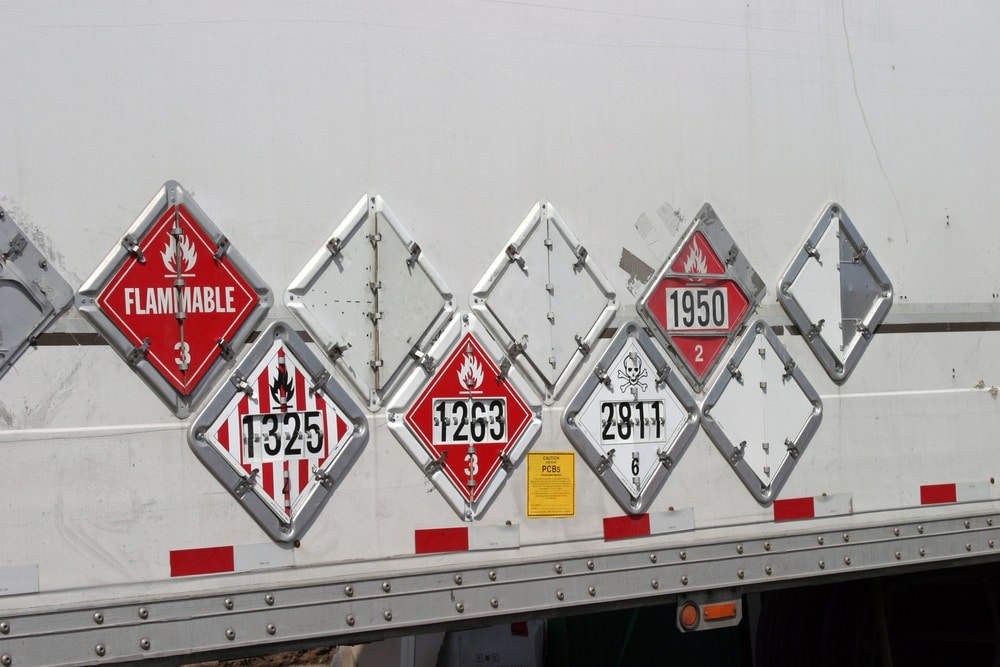
Hazmat Endorsement
For truckers transporting hazardous materials, the Hazmat Endorsement (H endorsement) is essential. This endorsement to a Commercial Driver’s License (CDL) signals a driver’s ability to safely handle and transport hazardous materials.
Process: Applicants must pass a TSA background check, complete specific training, and pass a knowledge test focused on handling hazardous materials. This endorsement is a key differentiator for drivers, opening opportunities for higher-paying jobs that involve transporting sensitive loads.

TSA Certification
TSA Certification allows drivers to access TSA-controlled airports and facilities, crucial for those involved in the air transport of freight. It’s an additional layer of security, ensuring drivers meet the TSA’s stringent security standards.
Obtaining Certification: Drivers must undergo a background check and complete TSA-specified training. This certification is particularly important for truckers who deliver or pick up freight from airports, enhancing their employability and ensuring compliance with federal regulations.
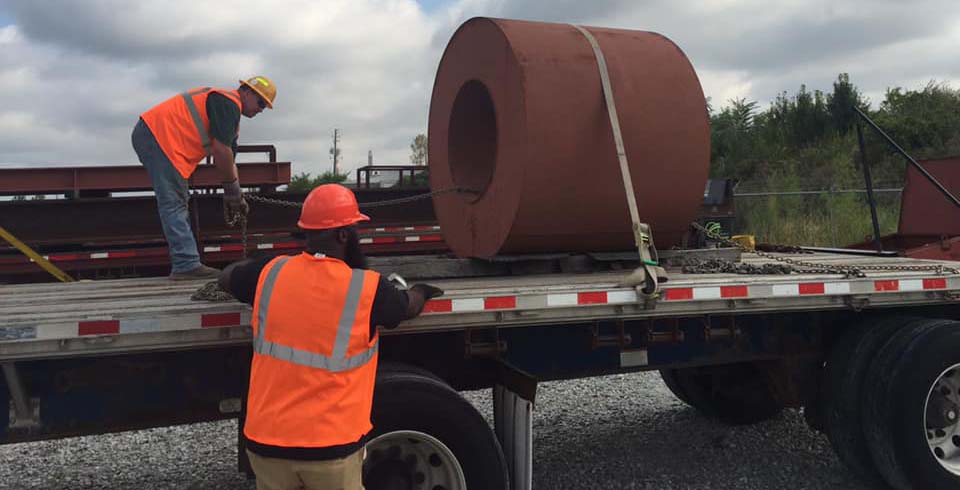
Cargo Securement Certification
Proper cargo securement is vital in flatbed trucking to prevent accidents and cargo damage. The Cargo Securement Certification provides truckers with the knowledge and skills to secure cargo according to Federal Motor Carrier Safety Administration (FMCSA) regulations.
Process: The certification involves completing a course that covers cargo securement principles, followed by an exam. This certification ensures that drivers are proficient in securing various types of cargo, enhancing road safety.
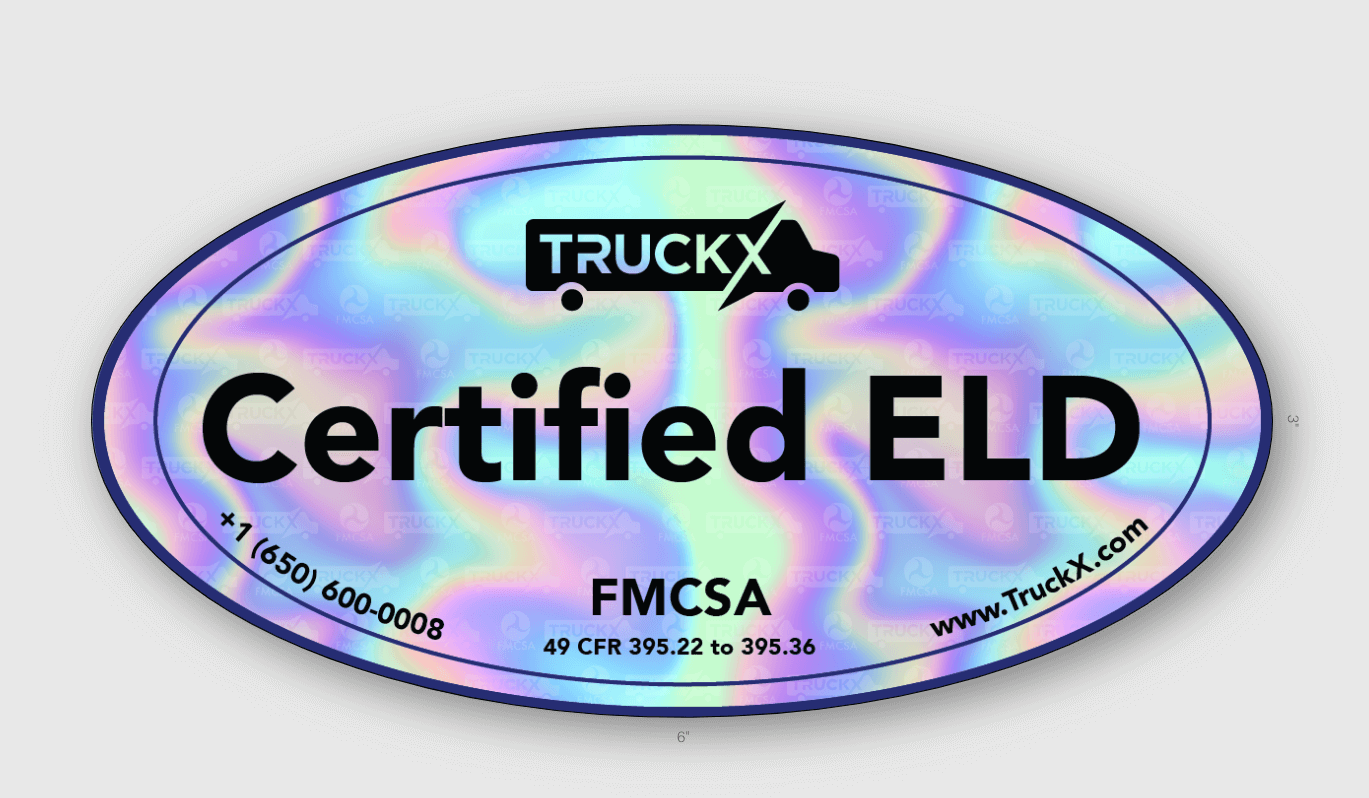
Hours of Service Certification
Understanding and adhering to the Hours of Service (HOS) regulations is crucial for all truck drivers to prevent fatigue-related accidents. The Hours of Service Certification educates drivers on these regulations, promoting safer driving practices.
Process: Drivers must complete training that covers the HOS regulations and pass an exam. This certification helps drivers manage their work and rest periods effectively, ensuring they remain compliant and safe on the roads.
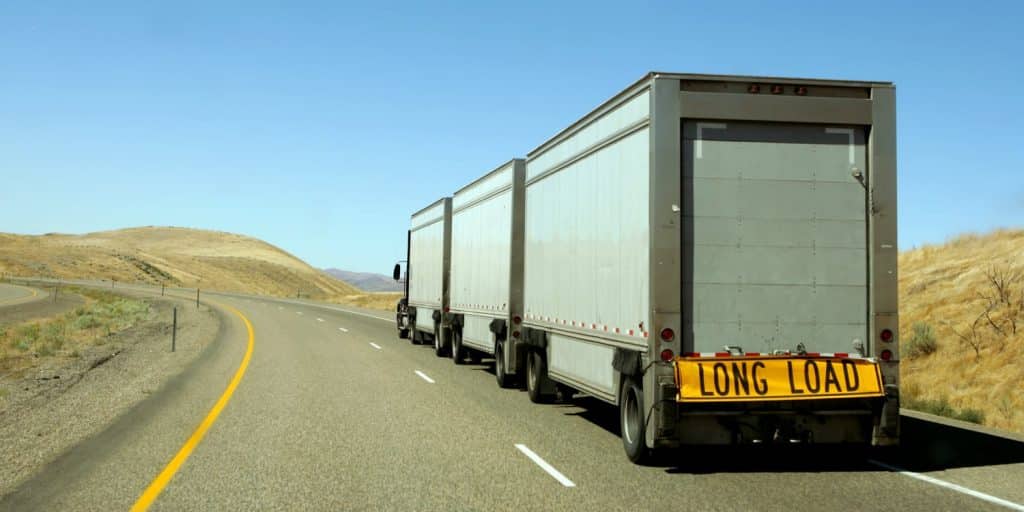
Doubles/Triples Endorsement
For drivers operating vehicles with more than one trailer, the Doubles/Triples Endorsement is necessary. It indicates the driver’s capability to safely operate double or triple trailer combinations, a skill that requires advanced knowledge and precision.
Process: Applicants must pass a knowledge test on specific driving skills and safety rules related to operating multiple trailers. This endorsement opens up additional job opportunities within the flatbed and broader trucking sectors.
Implementing Safety Practices Beyond Certifications
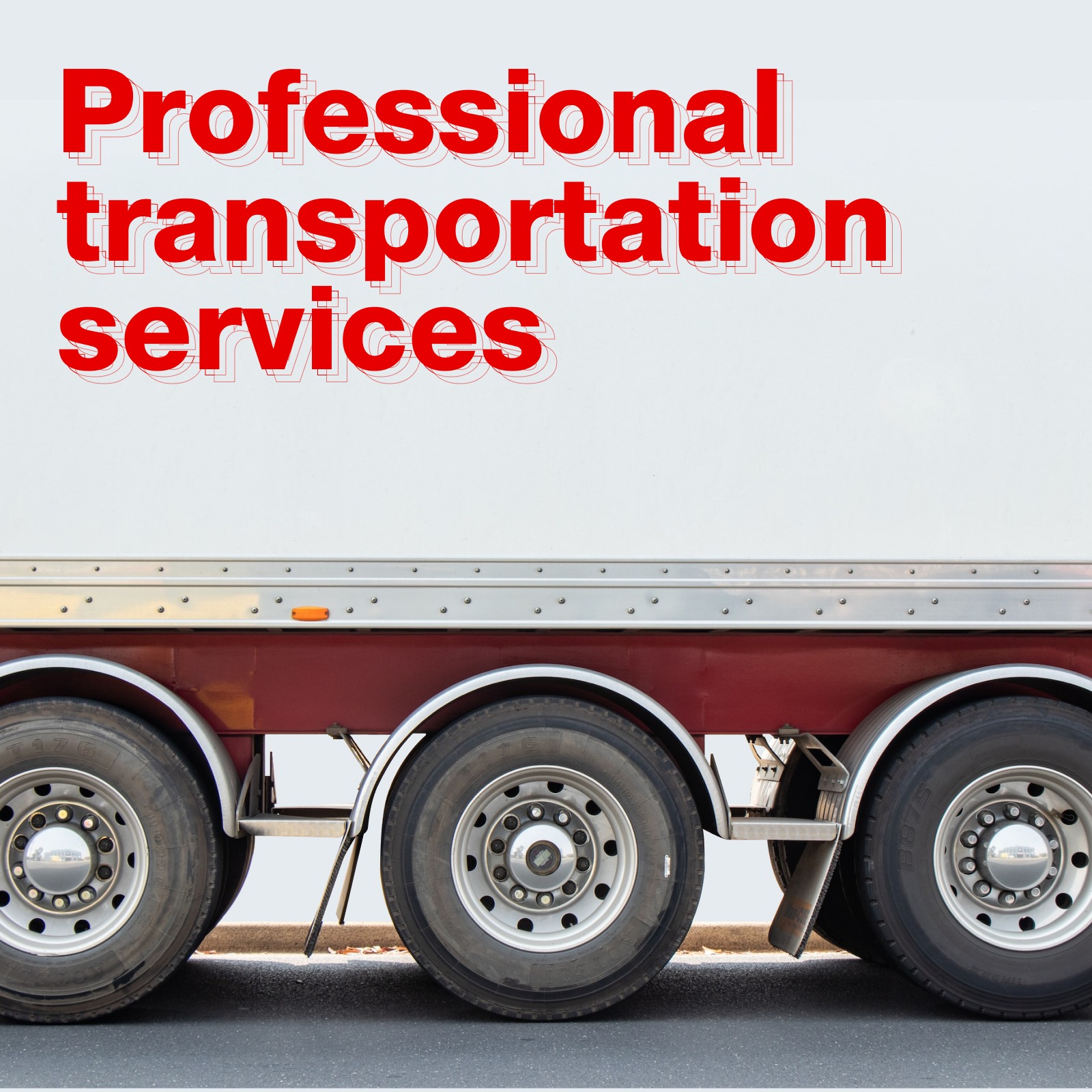
While certifications are critical markers of a driver’s expertise and commitment to safety, the implementation of safety practices on a daily basis is what truly defines a culture of safety within the flatbed trucking industry. Beyond the formal credentials, there are practical, day-to-day safety measures and technologies that can significantly reduce risks and enhance operational efficiency. This section explores innovative safety technologies, continuous education, and best practices that complement formal certifications in promoting a safe working environment.
Continuous Education and Training
Continuous education and training are paramount for staying updated with the latest safety protocols, regulations, and driving techniques. Engaging in regular training sessions, whether online or in-person, ensures that drivers are aware of the best practices for cargo securement, hazard recognition, and emergency response. Workshops and seminars offered by industry associations or safety organizations can also provide valuable insights into evolving safety standards.
Innovative Safety Technologies
The integration of advanced safety technologies into flatbed trucking operations has been a game-changer. Tools such as Electronic Logging Devices (ELDs) for monitoring hours of service, dash cams for incident recording, and GPS tracking systems for efficient route planning have become indispensable. Additionally, the adoption of advanced driver-assistance systems (ADAS) like lane departure warnings, automatic emergency braking, and stability control systems can significantly mitigate the risk of accidents.
Best Practices for Cargo Securement
Proper cargo securement is a critical aspect of flatbed trucking, necessitating more than just knowledge of regulations. It involves meticulous planning and execution to ensure loads are balanced, secured, and protected against the elements. Utilizing the right combination of chains, straps, and tarps, and regularly inspecting them for wear and damage, is essential. Drivers should also be adept at adjusting their securement techniques based on cargo type, weight, and size to prevent shifting or loss during transport.
Promoting a Safety-First Culture
Creating a safety-first culture within a trucking company goes beyond individual practices. It involves fostering an environment where safety is prioritized at every level, from management down to new drivers. Encouraging open communication about safety concerns, recognizing and rewarding safe driving practices, and implementing a transparent incident reporting system are key steps in building a culture that values safety above all.
Challenges and Solutions in Maintaining Safety Certifications

Acquiring and maintaining safety certifications in the flatbed trucking industry presents a set of challenges. From navigating the complexities of regulatory compliance to ensuring continuous education and adapting to new safety technologies, trucking companies and drivers must be proactive and resourceful. This section explores common obstacles in maintaining safety certifications and offers solutions to overcome them, ensuring that high safety standards are not just achieved but sustained over time.
Regulatory Compliance Complexity
Challenge: The regulatory landscape for flatbed trucking is complex and ever-changing. Keeping up with the latest DOT regulations, OSHA standards, and specific state requirements can be daunting for both new and experienced drivers.
Solution: Establishing a dedicated compliance team or officer within the company can help streamline the process of staying up-to-date with regulations. This team can disseminate information, provide training, and ensure that all operations are in compliance. Additionally, leveraging technology to track regulatory changes and automate compliance processes can significantly reduce the burden.
Continuous Education and Training
Challenge: Ensuring that all drivers have access to and complete necessary continuous education and training can be logistically challenging, especially for large fleets or owner-operators who manage tight schedules.
Solution: Utilizing online training platforms allows drivers to complete courses at their own pace and on their own schedule. Companies can also incentivize completion of training programs through recognition, bonuses, or other rewards. Regularly scheduled training days or workshops can also be implemented to ensure drivers receive hands-on instruction.
Adapting to New Safety Technologies
Challenge: The rapid pace of technological advancement means that new safety technologies are constantly emerging. However, integrating these technologies into existing fleets can be costly and require significant training.
Solution: Companies should prioritize investments in technologies with proven safety benefits and a clear return on investment. Partnering with technology providers for training and support can ease the transition. Grants and incentives available for adopting certain safety technologies can also help offset the costs.
Maintaining Certification Validity
Challenge: Many safety certifications have expiration dates or require periodic renewal. Drivers and companies may struggle to keep track of renewal deadlines or complete necessary recertification processes on time.
Solution: Implementing a comprehensive certification tracking system, either through specialized software or a dedicated administrative process, can help manage renewal deadlines and ensure that no certification lapses. Regular reminders and check-ins can also encourage drivers to stay on top of their certifications.
Overcoming these challenges requires a commitment to safety, a willingness to invest in education and technology, and a proactive approach to regulatory compliance. By addressing these obstacles head-on, flatbed trucking companies and drivers can ensure that their safety certifications remain current and effective, fostering a culture of safety and professionalism within the industry.
In conclusion, safety certifications and clearances are pivotal for advancing careers in flatbed trucking and enhancing the safety and efficiency of the transportation industry. Through understanding and overcoming the challenges associated with maintaining these certifications, companies and drivers can continue to uphold the highest standards of safety and professionalism on the road.
What Sets Connectexpress LLC Apart
Transport leadership for a new generation
Experience the future of logistics with ConnectExpressLLC’s advanced equipment, efficient trailer fleet, and innovative digital platform – elevate your transport game now!
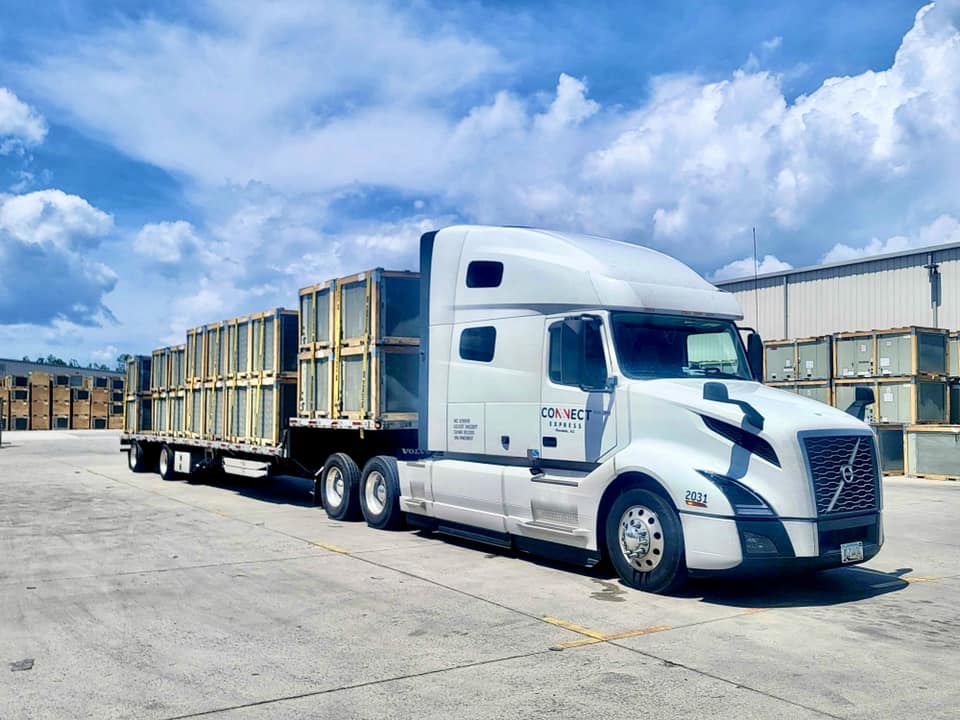
Compliance rate
On-Time Delivery Rate
Safety Rate
Compliance rate
On-Time Delivery Rate
Safety Rate

